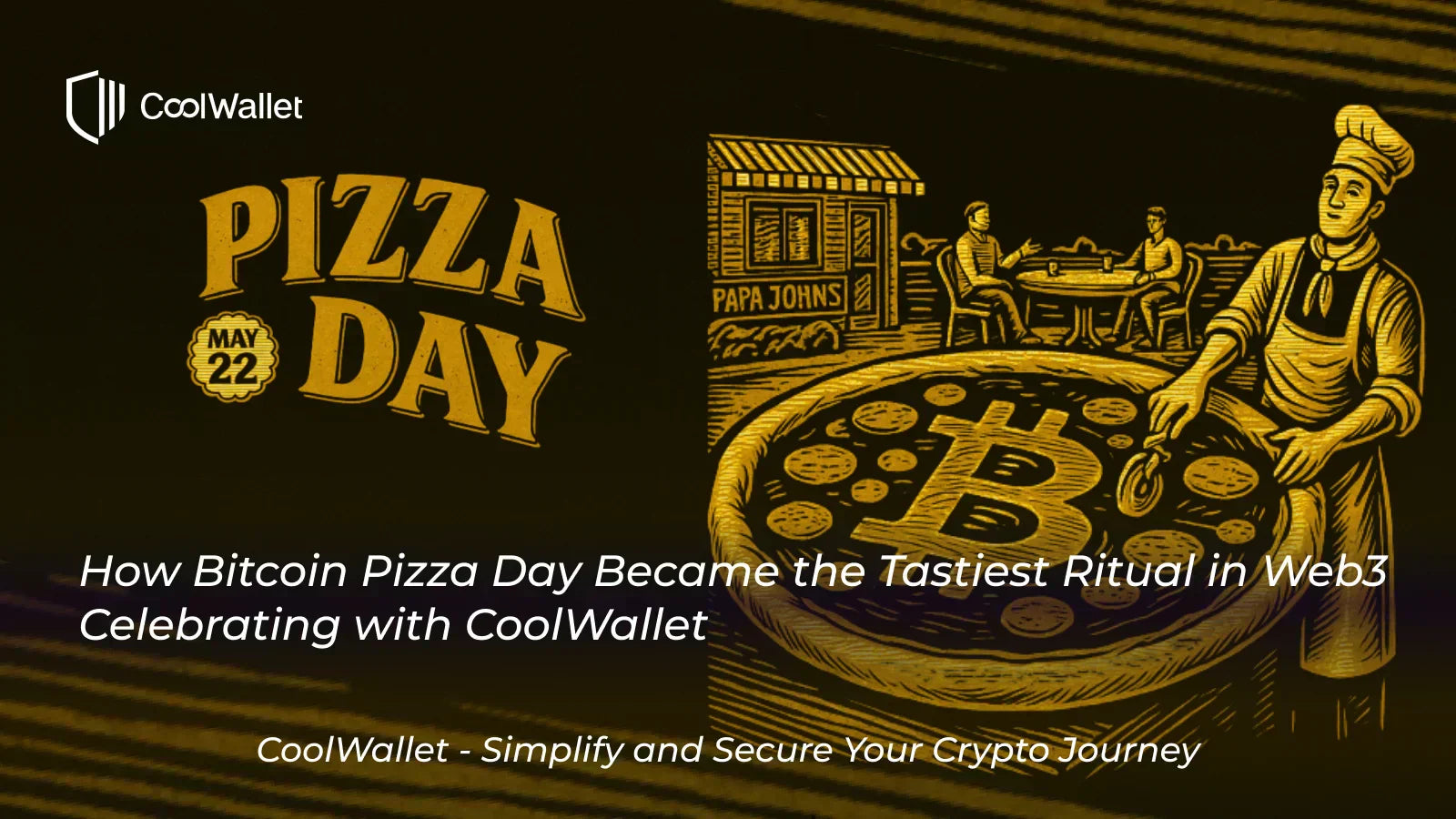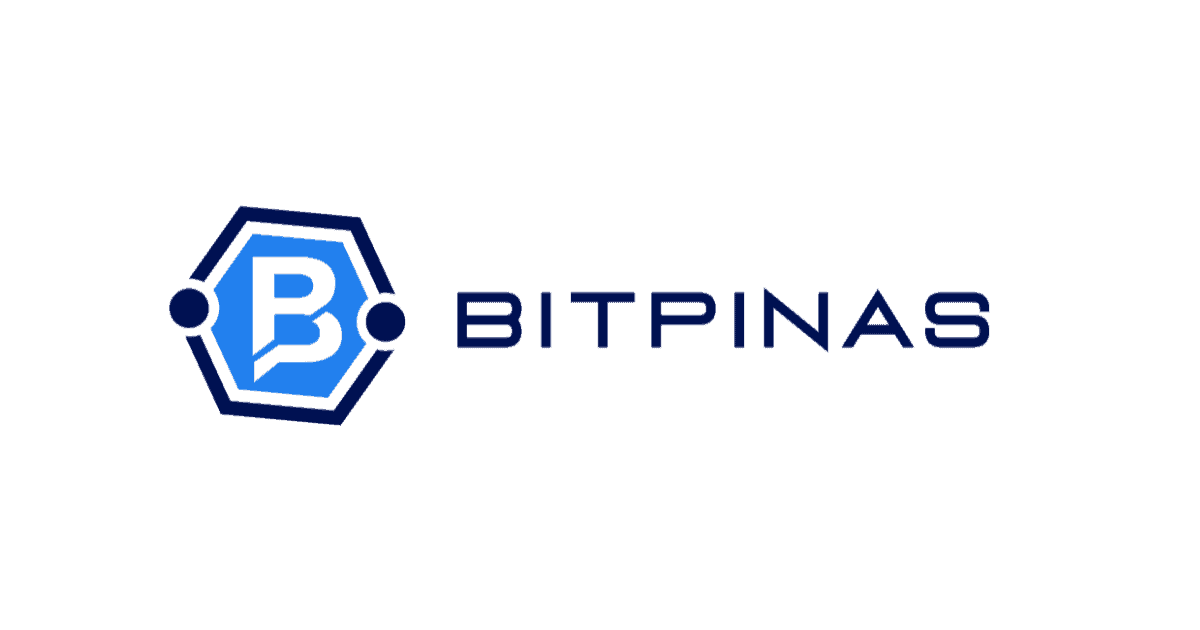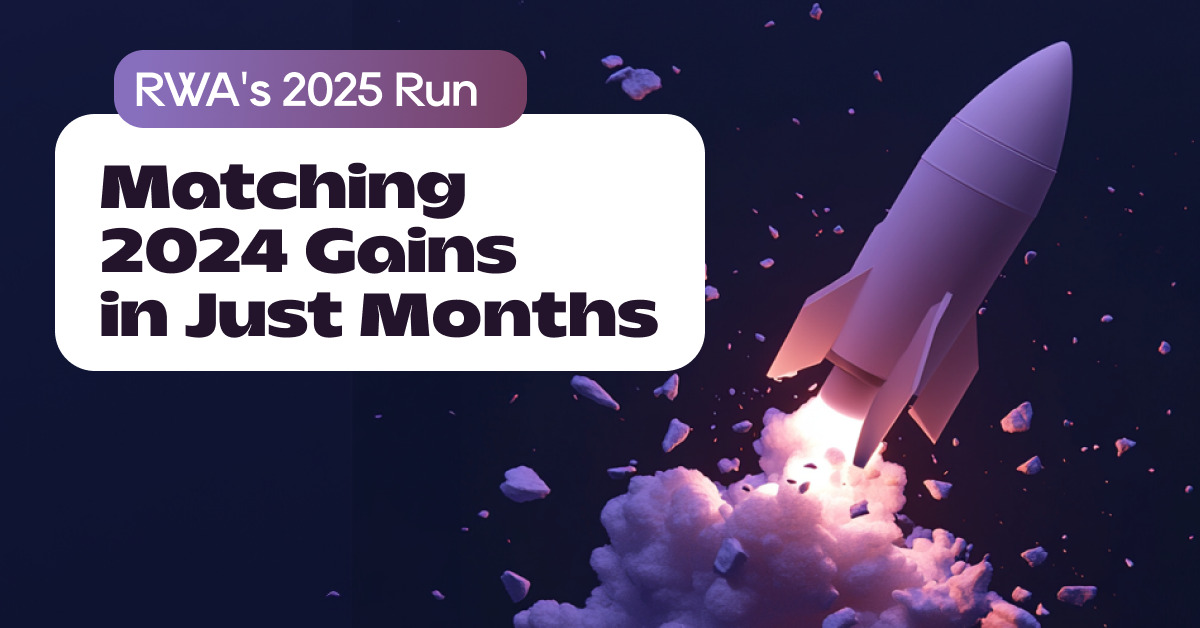An analyst, with a username of @lowstrife, issued a series of warnings on social media platform X regarding the financial health of MicroStrategy, drawing parallels between the company’s capital strategy and the now-defunct structure of the Grayscale Bitcoin Trust.
MicroStrategy, now rebranded as Strategy, is a publicly traded company listed on the NASDAQ stock exchange under the ticker $MSTR. It is the largest known Bitcoin Treasury Company, holding a significant amount of $BTC as its primary reserve asset.
The Grayscale Bitcoin Trust, with a ticker symbol of $GBTC is an exchange-traded fund (ETF) that is solely and passively invested in $BTC. It allows investors to gain exposure to $BTC without directly buying, storing, or securing it themselves.
mNAV Critical to $MSTR’s Survival
In an X thread, lowstrife emphasized that $MSTR’s fate is tightly bound to its market Net Asset Value (mNAV), a sentiment-driven metric that reflects investor perception rather than actual assets.
He stressed that if $MSTR’s mNAV weakens, the company’s ability to raise capital could collapse. Convertible debt, in particular, poses a threat to mNAV by potentially undermining the firm’s ability to service its financial obligations.
The analyst then drew a parallel comparison to the decline of the $GBTC, which soared in popularity during the 2021 bull market as investors sought indirect exposure to $BTC. However, when demand faded, $GBTC’s structure unraveled.
lowstrife warned that MicroStrategy could face a similar trajectory if mNAV falters, ultimately crippling its fundraising ability and destabilizing its Bitcoin-centric strategy.
“GBTC was a closed fund which floated at a premium or discount relative to the underlying assets. Once the demand for this exposure dried up, demand for the fund to purchase new assets also dried up… Once that mNAV was crushed, that was it for demand.”
lowstrife
lowstrife pointed out that investors are currently buying $MSTR for reasons similar to those that once fueled $GBTC, which is about a way to gain indirect $BTC exposure.
However, he noted that the investment landscape has evolved. With broader and easier access to $BTC through various platforms and financial products, $MSTR’s appeal as a proxy to $BTC is fading.
As $BTC becomes more accessible, the rationale for using $MSTR as a substitute weakens, potentially undermining its value proposition.
The analyst emphasized that there is no inherent mechanism forcing mNAV to align with the actual value of the company’s assets, making it especially fragile.
“Remember, mNAV is entirely sentiment-based. There is no mechanism or reason that it needs to trade at what the assets are worth.”
lowstrife
Structural Risks of $MSTR
lowstrife noted that a major issue for $MSTR lies in its $8.2 billion in outstanding convertible bonds, maturing between 2028 and 2032. He explained that the core issue is not Bitcoin’s price volatility but the performance of $MSTR’s own stock.
That since these are convertible bonds, successful conversion depends on $MSTR’s stock appreciating to predefined levels. If the stock fails to reach those levels, the debt cannot convert into equity, posing a significant financial challenge.
Since $MSTR’s share price is largely driven by its mNAV, a sentiment-based metric, a loss of investor confidence could prevent the conversion from occurring. If that price appreciation fails to materialize, lowstrife warned that the company may be forced to repay the bonds in cash, potentially requiring it to liquidate $BTC holdings.
“If, for whatever reason, this price appreciation doesn’t happen, this turns into a time-based problem rather than a price-based one. The debt can become due, independent of what the underlying price of bitcoin is… MSTR must either refinance, or repay the debt in cash, selling BTC.”
lowstrife
Flywheel Reversal Risk
lowstrife also raised concerns about the stability of $MSTR’s financial model, warning that the company could be forced to unwind its strategy if mNAV falls below 1.0. A drop below that threshold would impair the company’s ability to raise capital and could lead to repurchasing shares while liquidating $BTC.
He noted that a compressed mNAV would weaken $MSTR’s capacity for future capital raises and $BTC’s acquisitions, which could erode the stock’s intrinsic value. The situation could deteriorate further if the company is required to manage debt repayments under unfavorable conditions.
The analyst also added there may even be fiduciary pressure to act if mNAV continues to decline.
“In the end, the flywheel will work just fine in reverse to unwind the entire scheme. Rebuying shares below mNAV 1.0 and selling the underlying assets to fund it… There is an argument for a fiduciary responsibility to do this, and [President and CFO Andrew] Bailey is out there telling you he WILL do this.”
lowstrife
Finally, lowstrife delivered a critique of Chairman Michael Saylor’s financial engineering, comparing it to the risky tactics that led to the 2008 financial crisis, which $BTC was created to address.
“It’s not a financial revolution. It’s ponzi hypebeasts chasing leverage. I’ve owned bitcoin for a long time and it’s really sad to see bitcoin OG’s cheering Saylor on as he uses it to repeat the financial engineering of 2008 that caused bitcoin to be created in the first place.”
lowstrife
What Happened to $GBTC?
A nightmare happened, and that was when institutional investors exited $GBTC.
The most popular exit event was when the State of Wisconsin Investment Board fully liquidated its $63.7 million $GBTC holdings in the first quarter of 2025 and reallocated the position to iShares Bitcoin Trust, another ETF managed by BlackRock with a ticker symbol of $IBIT, before selling that as well.
Other large asset managers, including Millennium Management and Brevan Howard, have also opted to trim or shift their ETF exposure to alternative funds.
Analysts cite $GBTC’s higher fees and tracking inefficiencies as key reasons for its declining popularity. Following its conversion to a spot ETF, the product has failed to regain its former dominance in the market.
As $BTC approaches its all-time high of $110,000, $GBTC remains overshadowed by more competitive offerings.
This article is published on BitPinas: Analyst Warns: Bitcoin Treasury Stocks Like MSTR Could Be Headed for a Meltdown—and Here is Why
What else is happening in Crypto Philippines and beyond?






















